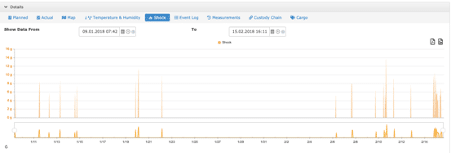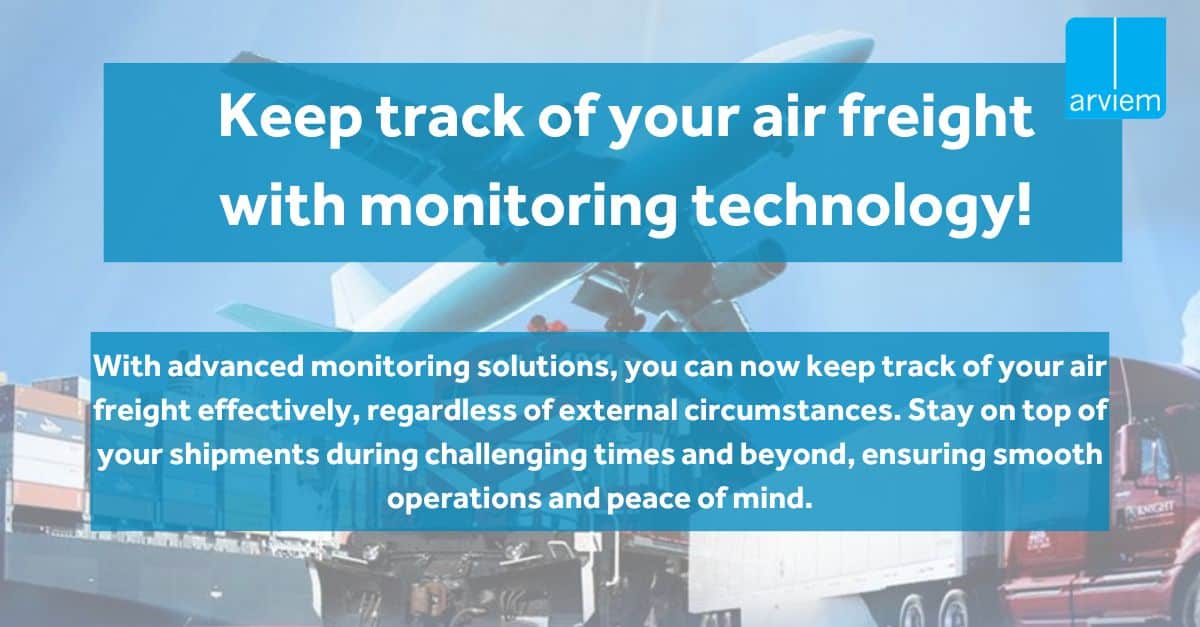Solar PV panels are fragile, and even perfectly produced panels can get damaged, scratched, or non-functional due to poor logistic services. Statistics show that almost 5% of panel damages occur during shipping and transportation. 80% of globally installed solar PV modules are produced in Asia, primarily in Taiwan, Malaysia, the Philippines, and approximately 50% in China. The journey of these modules to reach their destination is long. For example, think of modules manufactured in China that then take a long sea route to Europe or the U.S. and thereafter land in ports and are transferred to transport wagons to move further to their destination.
What causes damages to solar panes during transport
During their journey, solar PV panels are exposed to various risks. There can be a certain amount of mechanical stress that gets exerted upon the module in the transportation process. The reasons can range anywhere from rough handling of the packed modules to vibrations or shocks that occur in the back of a truck, on rail, or during transshipment on the sea. The most common damages to solar panels are breakages and cracks of the solar cells in the modules. Very often, they are visible directly to the human eye. Micro-cracks, however, are so small they are impossible to see with the naked eye. These micro-cracks negatively affect the panel life expectancy and performance in the long term.
With panels having left the factory in good quality conditions but being damaged on the way, claims and disputes may come up quickly. Damages that occur during transit may be the responsibility of different parties during the logistics process. It is essential to have some comparison between the module as it left the warehouse of the manufacturer and the minute it gets unloaded. To be on the safe side, collecting data on the journey of solar panels by monitoring the environmental conditions during transit might reveal damage hotspots and also comes in handy during the claims process.
Steps to take to protect solar panels from damage during transit
- Inspect the solar panel before shipping for any apparent damage.
- Pack your panels vertically. It will reduce the stress to modules, and pallets are secured with separators to ensure the safety of panels.
- Place the sunny side (front side) facing the pallet.
- Put foam pads around the frame of the solar panel.
- Have the last solar panel sunny side up.
- Add edge protectors.
- Tightly add straps near the corners, and not centered!
- Cover the whole shipment with foil (at least 35 turns for larger shipments)
- Track environmental conditions and shocks during transit to collect data helping you to identify any damages
An example of very detailed packaging instructions has been published by SolarWatt – a German solar panel manufacturer and can be downloaded by clicking HERE.
Tracking damages in transit: Shock recording and detection
Arviem’s attached monitoring device gives you complete visibility with its built-in shock sensor – in some industries known as an impact recorder. The tracking device records and monitors impacts which helps you control the handling of your equipment or provides you data that can be used for a compliance report of your transports. It can alert you when potential damage events occur in real-time or help you prove where and when the damage occurred by logging shock events even when out of coverage. We have published a detailed article on How monitoring shocks in transit in real-time can support your supply chain operations, you can access the article by clicking HERE.

An example of shock recording during a shipment’s journey in Arviem’s monitoring platform
Use the accumulated data to mitigate shipping risks & adapt routing and product packaging
Use tracking data to predict the arrival times of each component

All ongoing shipments are displayed on a shipment map in real-time




